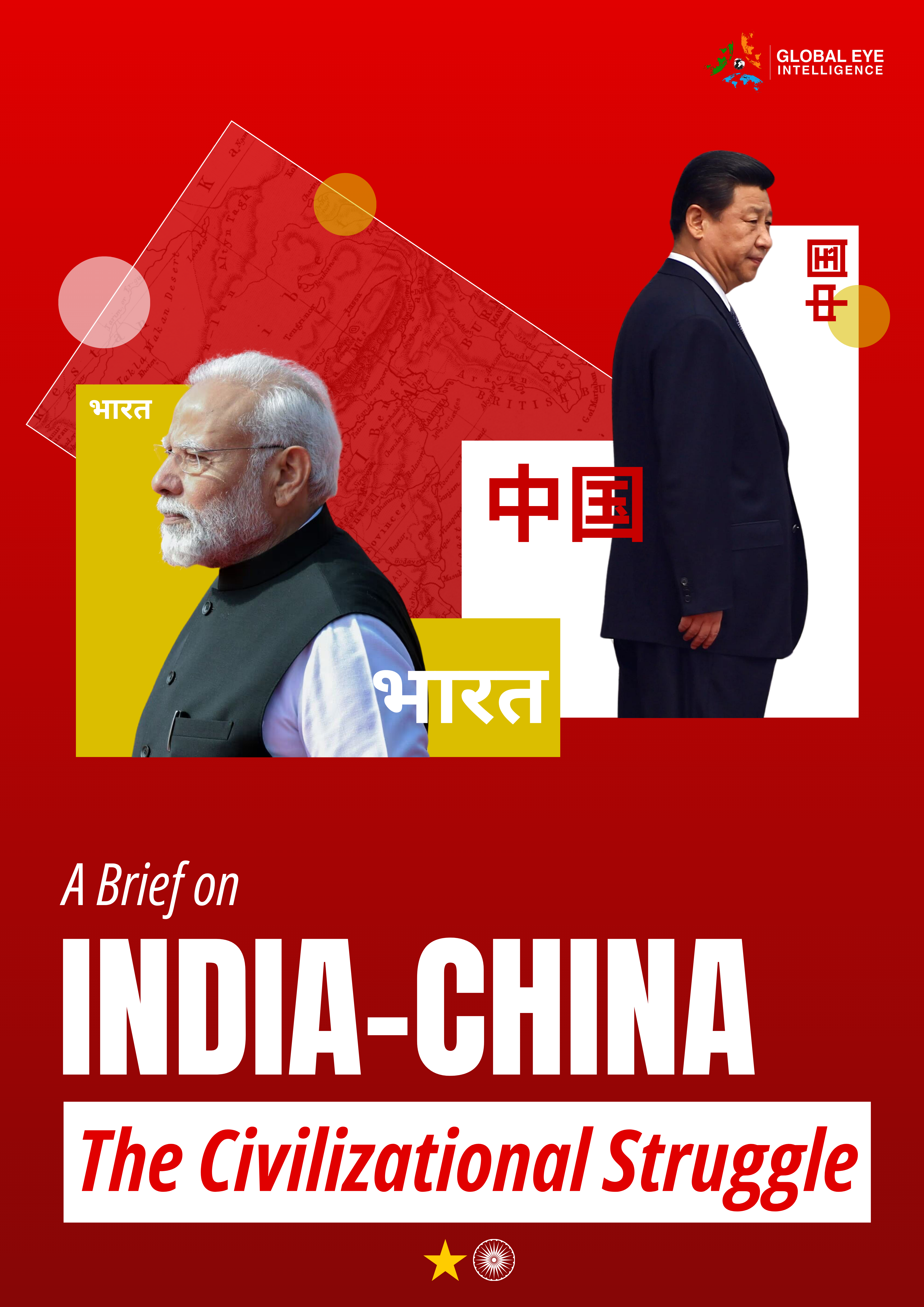
- Capital City: Seoul
- General Information Official Language: Korean
- Currency: Korean Won / (KRW)
- Population (2024): 51.7 million (2024)
Political Overview
Government Type
Unitary state, Presidential system, Constitutional republic
Key Leaders
- President – Yoon Suk Yeol
- Prime Minister – Han Duck-soo
Political Stability Index
0.6 (2022)
International Alliances
- IBRD, OECD, ADB, EBRD, WB, WTO, IMO, IMF, APEC, IAEA, NATO, UN, G20, ILO, WHO
Economic Overview
GDP (Nominal)
$1.87 trillion (2024)
GDP (PPP)
$3.26 trillion (2024)
Key Industries
- Technology & Electronics
- Automotive
- Shipbuilding
- Services
- Manufacturing
Top 5 Importers/Exporters
The top exports of South Korea are Integrated Circuits ($121B), Refined Petroleum ($61.4B), Cars ($52.1B), Broadcasting Equipment ($24.2B), and Motor vehicles; parts and accessories (8701 to 8705) ($20B), exporting mostly to China ($150B, 22.8%), United States ($112B, 16.1%), Vietnam ($60.7B, 8.9%), Japan ($30.5B, 4.5%), and Hong Kong ($28.9B, 4%). In 2022, South Korea was the world’s biggest exporter of Blank Audio Media ($11.6B), Cyclic Hydrocarbons ($9.79B), Special Purpose Ships ($7.36B), Oxometallic or Peroxometallic Acid Salts ($4.68B), and Styrene Polymers ($3.93B).
The top imports of South Korea are Crude Petroleum ($89.1B), Integrated Circuits ($56.4B), Petroleum Gas ($46.9B), Coal Briquettes ($26.8B), and Refined Petroleum ($26.1B), importing mostly from China ($150B), United States ($73.6B), Japan ($50.8B), Australia ($41B), and Saudi Arabia ($36B).
As per 2024, top import countries include China (30.1%), European Union (15.5%), United States (15.1%), Japan (9.7%), Saudi Arabia (6.6%) , Australia (6.5%) Vietnam (6.1%), Taiwan (6.0%) In 2022, South Korea was the world’s biggest importer of Inorganic Salts ($4.02B), Starch Residue ($719M), Hydrides and other anions ($110M), Other Vegetable Fibers Fabric ($18.2M), and Wood Wool ($10.2M)
Social Indicators
Human Development Index
0.929 (19th)
Literacy Rate
98.8% (99.2% of males and 98.4% of females)
Life Expectancy
83.64 years (2024)
Geopolitical Relevance
Strategic Location
Korean Peninsula, North Korea border country, Yellow Sea, East China Sea and Sea of Japan. has proximity to key Asian markets (crucial for trade with China, Japan, and the rest of the Pacific). Near key military chokepoints (Korean Strait and the Tsushima Strait – vital naval passages for military and economic activities )
Key Conflicts
Korean Peninsula conflict with North Korea (only armistice agreement, having Demilitarized Zone (DMZ) as the de facto border between North Korea and South Korea), Dispute with Japan over the Dokdo/Takeshima Islands
Border Issues
With North Korea over DMZ, South Korea-Japan Dispute over Dokdo/Takeshima Islands
Military Strength
2022 – Active military personnel – 500,000 and reserve personnel of 3.1 million, In 2024, allocated approximately 59 trillion South Korean won for defence budget. U.S. – South Korea Mutual Defense Treaty, QUAD, UN Command
Related Posts
-
SYRIAN FRAGMENTED SYNERGY
Executive Summary Syria’s ethnic and religious diversity, with a Sunni majority and substantial minority populations, poses significant challenges to post-conflict governance. This fragmentation, along with ideological divides, has attracted foreign interventions, with external powers exploiting Syria’s strategic location. As of December 2024, Syria remains divided into six zones of control. HTS governs the largest territory,…
-
Legal and Operational Challenges in Countering Extremism in Central Asia
Introduction Central Asia, comprising Kazakhstan, Kyrgyzstan, Tajikistan, Turkmenistan, and Uzbekistan, is a region rich in demographic and historical complexity. Despite housing only 1% of the global population, its history spans from Palaeolithic societies to the dominance of nomadic empires. The region’s environmental significance, particularly in its ice core contributions to climate research, adds to its…
-

India-China Brief
INTRODUCTION India and China are two ancient civilizations turned modern states. The two have been interacting with each other in political, economic, diplomatic and people-to-people exchange domains since centuries. Until the advent of European colonialism in the 17th century, the two controlled around 25% of the Global GDP while coexisting peacefully. There are historical instances…
-

Rejuvanating Kashmir
January to March 2024: 1. Security Measures: – J&K saw a surge in counterterrorism operations. Several militant groups were banned, and their key operatives were either killed or arrested. – A significant crackdown on militant networks, including those involved in high-profile attacks, was reported. This included the arrest of militants responsible for attacking civilians and…
-

Global Data Sovereignty Wars: The Race for Strategic Control Over Cyber and Space Intelligence Networks in 2024
Context/Background Data has come to be established as a new key strategic asset, central to national power in the economic, political, and military spheres. The principle of data sovereignty—whereby nations seek to control data generated within their borders—is at tension with the global nature of digital networks and the dominance of tech conglomerates. This struggle…
-

P5 meeting in Dubai
Executive Summary The five nuclear-armed permanent members (P5) of the United Nations Security Council (UNSC) held a closed-door expert-level meeting in Dubai. The meeting gained its strategic importance and focus as it was the first full-fledged meeting under the chairmanship of China where the discussion focused on nuclear doctrines against the backdrop of Russia updating…
-

RACE FOR THE ARCTIC
EXECUTIVE SUMMARY Driven by rapid environmental changes due to global warming, increasing geopolitical and economic interests, the Arctic region is emerging as a critical global frontier and a stage for strategic competition among the Arctic States (United States, Russia, Canada, Denmark, Finland, Iceland, Norway, Sweden) and non-Arctic actors like China as the region’s retreating ice…
-

THAILAND – EU ECONOMIC DEAL
1. Executive Summary Thailand is also aggressively developing its economic relationship with European organizations through well-planned trade agreements. It has successfully completed a Free Trade Agreement with EFTA and is moving toward a more extensive FTA with the EU, which it plans to have in place by 2025. All these initiatives are to be used…
-

Corruption in the PLA police force
Executive Summary This report examines corruption within the People’s Liberation Army (PLA) police force, detailing its implications on military movements, strategic objectives, and broader regional stability. Key findings highlight systemic corruption undermining operational integrity, creating vulnerabilities in national defense, and influencing international perceptions of China’s military and law enforcement capabilities. Strategic recommendations aim to mitigate…

